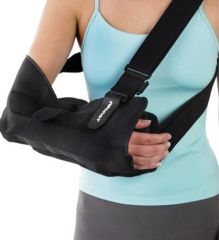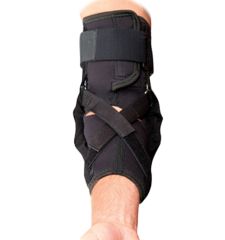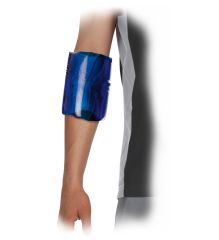Elbow Hyperextension
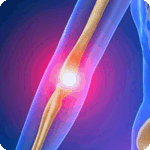 The elbow joint is made of three bones: the humerus (upper arm bone) and the radius and ulna (forearm bones). Elbow hyperextension occurs when the structures that connect these bones are pushed beyond their natural range of motion. Basically, your elbow gets bent too far in the wrong direction from a straightened position. A hyperextended elbow may cause ligament or tissue damage and may even temporarily inhibit full movement of the elbow.
The elbow joint is made of three bones: the humerus (upper arm bone) and the radius and ulna (forearm bones). Elbow hyperextension occurs when the structures that connect these bones are pushed beyond their natural range of motion. Basically, your elbow gets bent too far in the wrong direction from a straightened position. A hyperextended elbow may cause ligament or tissue damage and may even temporarily inhibit full movement of the elbow.
Causes of Hyperextended Elbow
The elbow joint is made of three bones: the humerus (upper arm bone) and the radius and ulna (forearm bones). Elbow hyperextension occurs when the structures that connect these bones are pushed beyond their natural range of motion. Basically, your elbow gets bent too far in the wrong direction from a straightened position. A hyperextended elbow may cause ligament or tissue damage and may even temporarily inhibit full movement of the elbow.
Elbow Hyperextension Symptoms
During injury, the patient may hear a "popping" sound. One of the symptoms of elbow hyperextension is pain when the arm is in a straightened position. Some patients also have persistent pain at the front of the elbow (the side that creases when the elbow is bent). In some cases, swelling may be present and the patient may also experience muscle spasms in the bicep when attempting to straighten the arm.
What is the Treatment?
As with any injury, your doctor will be the best source of advice on the appropriate treatment method for your situation. Immediate elbow hyperextension pain management often starts with applying ice or another cold therapy product to the elbow. (Check out the Aircast Elbow Cryo/Cuff with Cooler) Over the counter anti-inflammatory medications such as ibuprofen or aspirin may also help reduce inflammation and pain.
Your doctor will usually recommend that you rest your elbow for several days to allow it time to heal. In some cases you may be required to use am arm sling to help immobilize the area. Elbow braces and supports can also help provide added stabilization while you heal. Not only are they great after an elbow injury, but elbow braces can be used for injury prevention as well.
Luckily, hyperextended elbows typically heal after a few weeks to a month. In some cases, your doctor may recommend physical therapy to continue rehabilitation of the elbow. In very rare cases, surgery may be necessary to repair damaged ligaments that cannot heal on their own.
Braces to Support Elbow Hyperextension
Braces for Elbow Hyperextension
-
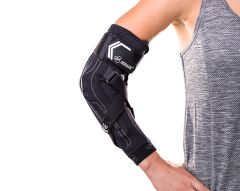 On Sale 0% Off Save $0.00(23) Reviews
On Sale 0% Off Save $0.00(23) ReviewsSupport for injured and recovering elbows with hyperextension stops
New & Improved Bionic Elbow II Available in black, featuring:
- Reinforced hinged pocket
- Shorter length
- Elbow crease cutout
- Non-stretch cross-straps






